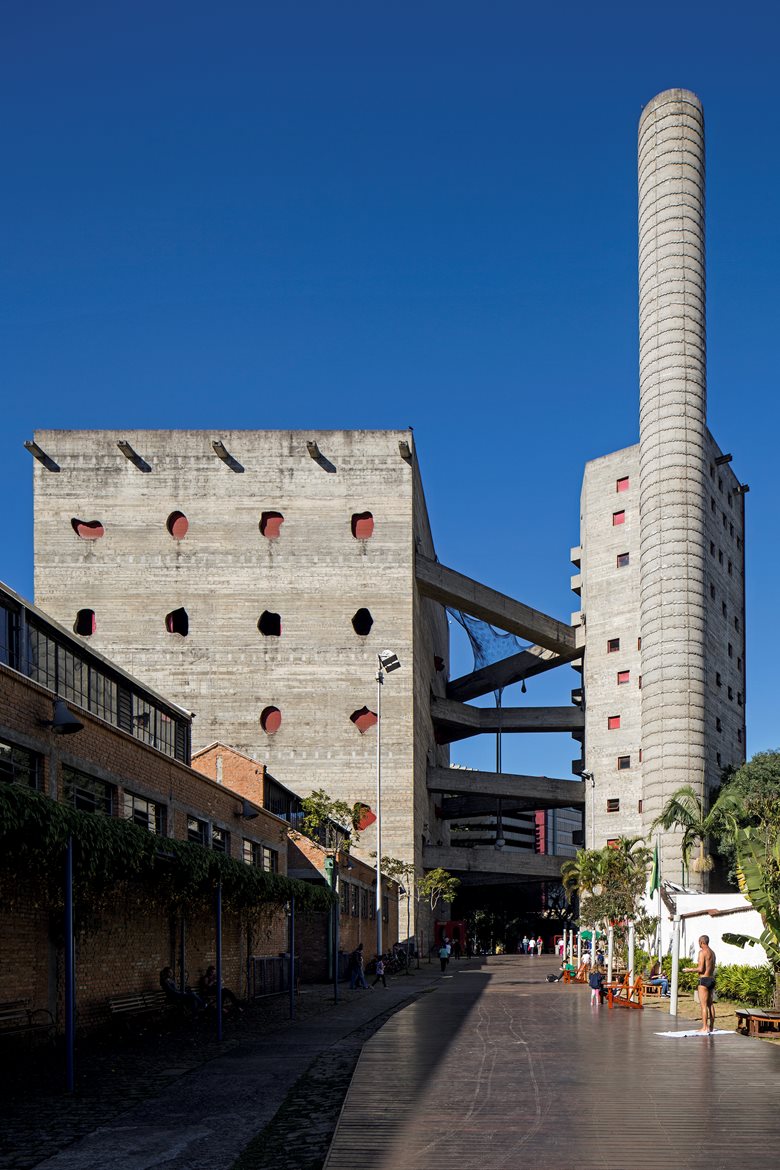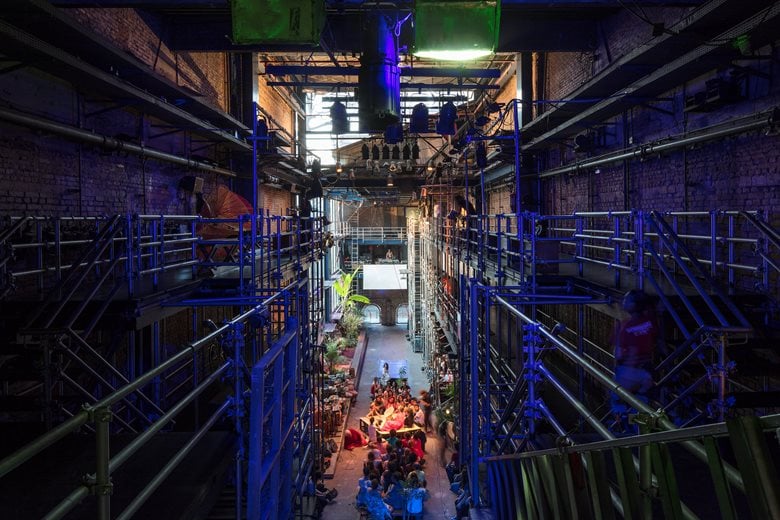Lina Bo Bardi
Architect São Paulo / Brazil
 25
25

SESC Pompeia
São Paulo / Brazil / 1986

Teatro Oficina
São Paulo / Brazil / 1984

MASP | Museu de Arte de São Paulo
São Paulo / Brazil / 1968
 1
1
Casa de Vidro
São Paulo / Brazil / 1951
Bardi was born in Rome and educated at Rome University's College of Architecture. She began her career in Milan, under Gio Ponti. In 1942, at the age of 24, she opened her own architectural office, but the lack of work during wartime soon led Bardi to take up illustration for newspapers and magazines such as Stile, Grazia, Belleza, Tempo, Vetrina and Illustrazione Italiana. The following year, Bardi was invited to run Domus magazine.
Soon after the end of WWII, Bardi started the architecture periodical A Cultura della Vita; she also held a position as architectural critic for the daily paper Milano Sera. Yet, because they had participated in the Italian resistance movement, Lina and her husband, the critic Pietro Bardi, found life in post-war Italy increasingly difficult, and a 1946 trip to Rio de Janeiro convinced the couple to make Brazil their permanent home. Bardi quickly re-established her practice in Brazil and, along with her husband, co-founded the influential art magazine Habitat. The magazine's title referenced Bardi's conceptualization of the ideal interior as a "habitat" designed to maximize human potential.
Over the next 30 plus years, Bardi would participate in an astonishing number and variety of projects. She designed private homes (both exteriors and interiors), including her own São Paulo home, the Glass House (1951),an early example of the use of reinforced concrete in domestic architecture. Bardi designed modern furniture in plywood and native Brazilian woods (which she admired for their inherent "strength" and "beauty"); she believed that every designed object ought to take on a form that would display its own "natural logic." Bardi's most famous furniture design is her upholstered Bowl chair on a metal frame (1951).
Bardi also designed many public buildings, including office buildings, theaters, churches, and "leisure" or cultural centers such as the highly successful Pompéia Factory (1977). She was responsible for the design of several innovative new art museums, including the Modern Art Museum in São Paulo (1957-68), and organized and curated many exhibitions. In addition, Bardi designed jewelry and created set designs and costumes for experimental film and theater.

- 1914 - 1992 †
Lina Bo Bardi (1914-1992) was an incredibly prolific architect and designer who devoted her working life, most of it spent in Brazil, to promoting the social and cultural potential of architecture and design. Bardi was born in Rome and educated at Rome University's College of Architecture. She began her career in Milan, under Gio Ponti. In 1942, at the age of 24, she opened her own architectural office, but the lack of work during wartime soon led Bardi to take up illustration for newspapers and magazines such as Stile, Grazia, Belleza, Tempo, Vetrina and Illustrazione Italiana. The following year, Bardi was invited to run Domus magazine. Soon after the end of WWII, Bardi started the architecture periodical A Cultura della Vita; she also held a position as architectural critic for the daily paper Milano Sera. Yet, because they had participated in the Italian resistance movement, Lina and her husband, the critic Pietro Bardi, found life in post-war Italy increasingly difficult, and a 1946 trip to Rio de Janeiro convinced the couple to make Brazil their permanent home. Bardi quickly re-established her practice in Brazil and, along with her husband, co-founded the influential art magazine Habitat. The magazine's title referenced Bardi's conceptualization of the ideal interior as a "habitat" designed to maximize human potential. Over the next 30 plus years, Bardi would participate in an astonishing number and variety of projects. She designed private homes (both exteriors and interiors), including her own São Paulo home, the Glass House (1951),an early example of the use of reinforced concrete in domestic architecture. Bardi designed modern furniture in plywood and native Brazilian woods (which she admired for their inherent "strength" and "beauty"); she believed that every designed object ought to take on a form that would display its own "natural logic." Bardi's most famous furniture design is her upholstered Bowl chair on a metal frame (1951). Bardi also designed many public buildings, including office buildings, theaters, churches, and "leisure" or cultural centers such as the highly successful Pompéia Factory (1977). She was responsible for the design of several innovative new art museums, including the Modern Art Museum in São Paulo (1957-68), and organized and curated many exhibitions. In addition, Bardi designed jewelry and created set designs and costumes for experimental film and theater.
